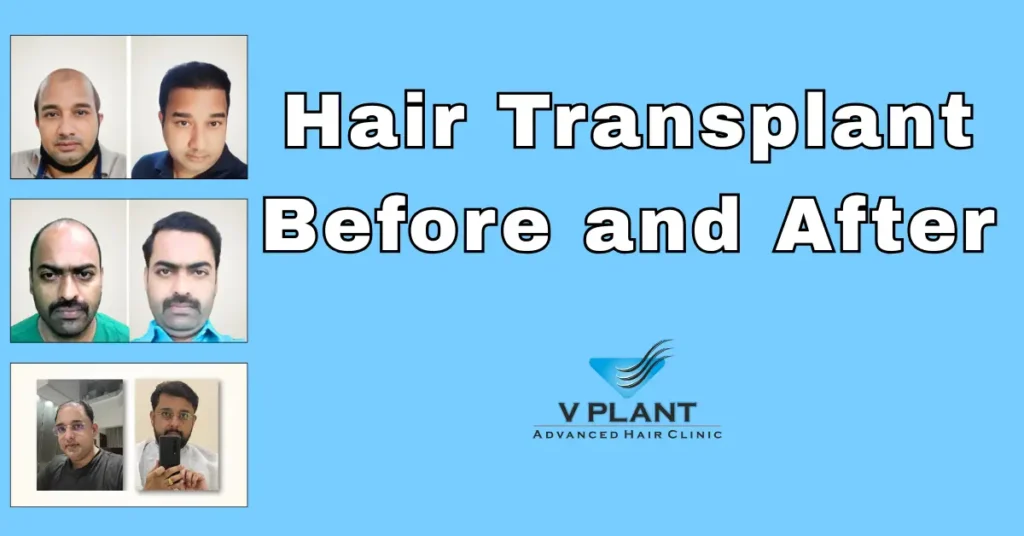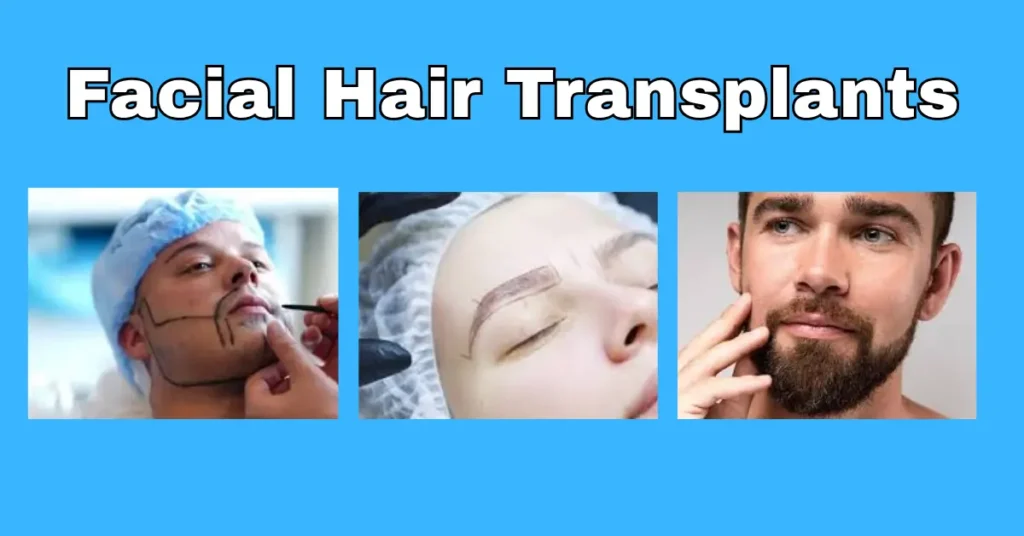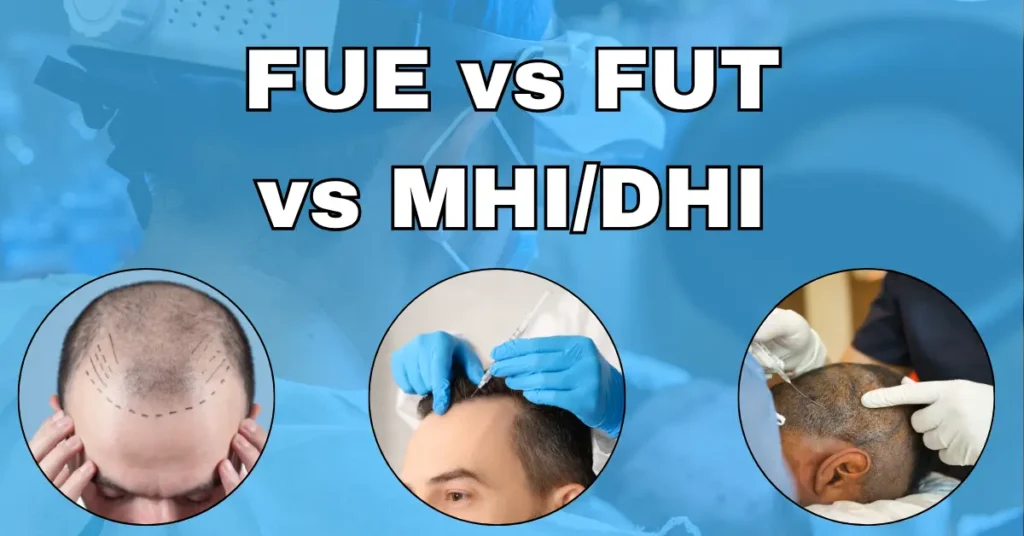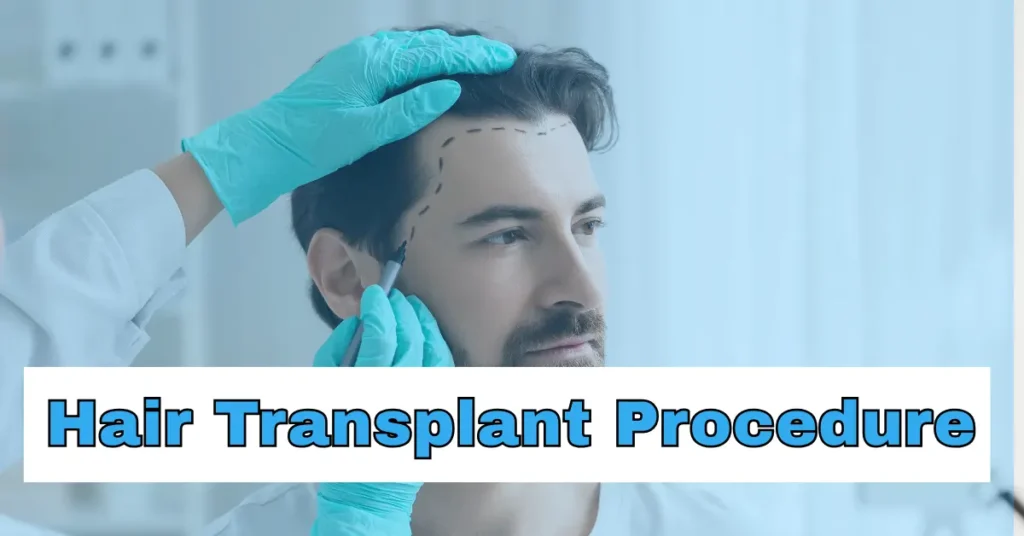Hair Transplant Before and After: What to Expect from Your Hair Restoration Journey helps you understand how modern hair transplant procedures can transform your appearance and confidence. If you’re dealing with hair loss and searching for a permanent solution, this guide explains what really happens before and after a hair transplant procedure. You’ll see how skilled hair transplant surgeons move healthy hair follicles from a donor area to thinning or bald spots, encouraging new hair growth naturally over time. It highlights realistic results, recovery expectations, and what kind of hair density you can expect months after surgery. Whether you’re considering FUE, FUT, MHI, or DHI methods, understanding the process ensures a smooth hair transplant experience and long-term hair restoration. This guide is perfect for anyone looking for solutions for hair loss, hair regrowth timelines, or effective treatments for hair loss. Clear, honest, and approachable—it’s your first step to seeing real transformations from modern hair transplant surgeries.
Understanding Hair Transplants
A hair transplant procedure is a minimally invasive hair restoration technique that moves healthy hair follicles from a donor site to areas of thinning or baldness (recipient area). Once transplanted, the follicles continue to grow naturally, providing a permanent solution to hair loss.
The main types of hair transplant procedures include:
- Follicular Unit Transplantation (FUT)
In FUT, a thin strip of scalp is removed from the donor area. Individual hair grafts are separated and transplanted into the recipient area. FUT is ideal for those needing higher density or covering larger bald areas. - Follicular Unit Extraction (FUE)
FUE involves extracting individual hair follicles from the donor site and implanting them into thinning areas. FUE hair transplantations are less invasive, cause minimal scarring, and offer faster recovery. - MHI & DHI Methods
Modern techniques like MHI (Manual Hair Implantation) and DHI (Direct Hair Implantation) allow precise placement of each follicle, reducing trauma and ensuring natural growth patterns.
All methods provide effective hair regrowth when performed by experienced transplant surgeons.
Before the Hair Transplant Procedure
Preparing for a hair transplant procedure is essential for a successful outcome.
1. Initial Consultation
Meeting a skilled hair transplant surgeon is the first step. During consultation, the doctor will:
- Assess your type of hair loss, including androgenetic alopecia or other conditions.
- Review your medical history, lifestyle, and expectations.
- Examine your donor area to ensure sufficient healthy hair for transplantation.
- Recommend the best types of hair transplant techniques like FUT, FUE, MHI, or DHI.
The surgeon will also discuss realistic hair transplant expectations and outline the timeline for new hair growth.
2. Pre-Operative Preparation
Before surgery, you may be asked to:
- Avoid alcohol and smoking for a few weeks.
- Stop medications or supplements that thin the blood.
- Wash your scalp with a recommended shampoo.
Before photos are often taken to document your hair transplant before and after results.
During the Hair Transplant Procedure
The day of surgery is the start of your hair restoration journey. The procedure typically includes:
1. Local Anesthesia and Preparation
Your scalp is cleaned and numbed with local anesthesia. The donor site is prepared according to the chosen technique.
2. Extraction of Hair Follicles
- In FUE, individual hair follicles are removed from the donor area using a micro-punch tool.
- In FUT, a strip of scalp is removed, and follicular units are separated under a microscope.
The hair grafts are preserved to maintain vitality.
3. Graft Implantation
Small incisions are made in the recipient area, following natural hair patterns. Each hair follicle is implanted carefully to match angle, direction, and spacing.
The hair transplant procedure can take 4–8 hours, depending on the number of hair grafts and the method used.
After the Hair Transplant Procedure
Post-surgery, your hair regrowth journey begins. Knowing what to expect helps you stay patient and confident.
1. Immediately After Surgery
The recipient area may be red or swollen, and small scabs may form around the transplanted hair — this is normal. Post-op instructions often include:
- Avoid scratching or touching the scalp.
- Sleep with your head elevated to reduce swelling.
- Take prescribed medications to prevent infection and ease discomfort.
- Avoid heavy exercise or sweating for at least a week.
2. Shedding Phase (Weeks 2–4)
Some transplanted hair may shed — this is a natural phase. The hair follicles remain healthy and start a new growth cycle.
3. New Hair Growth Phase (Months 3–6)
Around month three, you’ll notice new hair growth. Initial strands may be thin but will thicken gradually. By month six, you can expect around 50–60% growth.
4. Full Results (After 12 Months)
After a year, most patients achieve full hair restoration, with natural-looking density. The transplanted hair grows like your original hair and can be styled freely.
Before and after hair transplant photos reveal dramatic physical and emotional transformations.
Hair Transplant Before and After Results: What Real Change Looks Like
Typical results include:
- Restored, natural hairline.
- Increased density in bald spots.
- Enhanced confidence in personal and professional life.
- Youthful, refreshed appearance.
Results depend on type of hair loss, donor strength, and overall health. Skilled hair transplant surgeons ensure natural placement, optimal density, and long-term satisfaction.
Maintaining Your Transplanted Hair
Long-term hair regrowth requires care:
- Healthy Diet: Eat protein-rich foods and vitamins like Biotin, Vitamin D, and zinc.
- Gentle Hair Care: Use mild, sulfate-free shampoos.
- Massage with Hair Oils: Natural oils like coconut, castor, or rosemary support hair follicle health.
- Avoid Heat & Stress: Minimize heat styling and manage stress.
- Regular Consultations: Follow up with your hair transplant surgeon for monitoring and advice.
Hair Transplant: A Long-Term Solution for Hair Loss
A hair transplant is one of the most effective and permanent solutions for hair loss. Unlike temporary treatments, it uses your own hair follicles for lasting hair regrowth, suitable for men and women.
Choosing the right technique—FUE, FUT, MHI, or DHI—depends on type of hair loss, donor availability, and desired density. Consulting an experienced hair transplant surgeon ensures a personalized, long-term hair restoration plan.
Final Thoughts
A hair transplant is more than cosmetic—it’s a life-changing investment in confidence and self-image. The before and after results show visible new hair growth and renewed emotional well-being.
While full results take months, the outcome is worth it: thicker, natural-looking hair and restored confidence. If you’re dealing with thinning hair or bald spots, speaking to a certified hair transplant surgeon is your first step toward lasting hair restoration and a renewed sense of self.

















